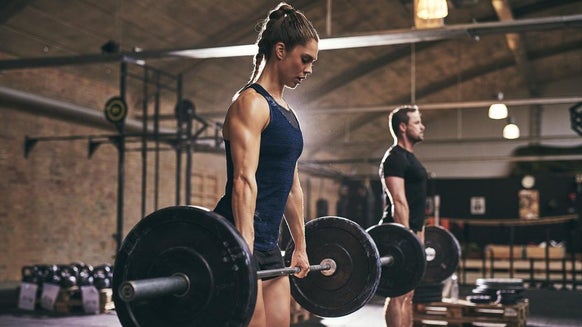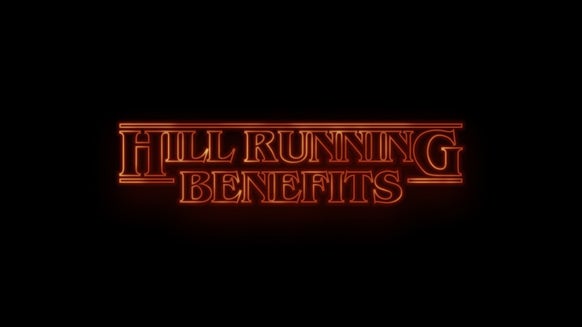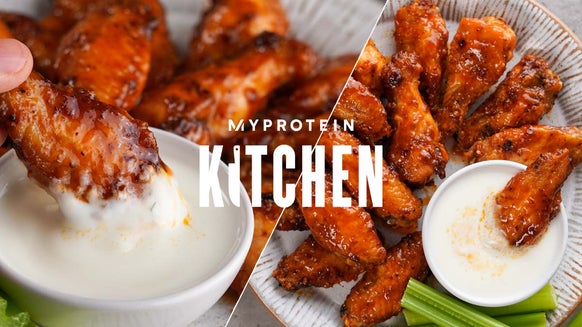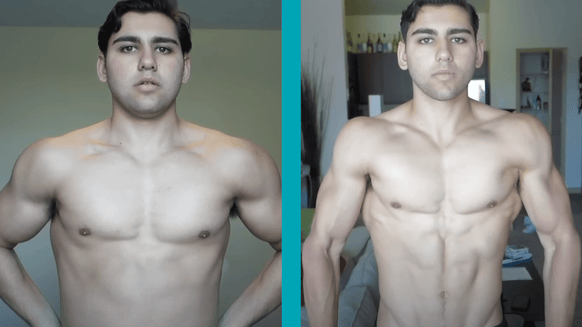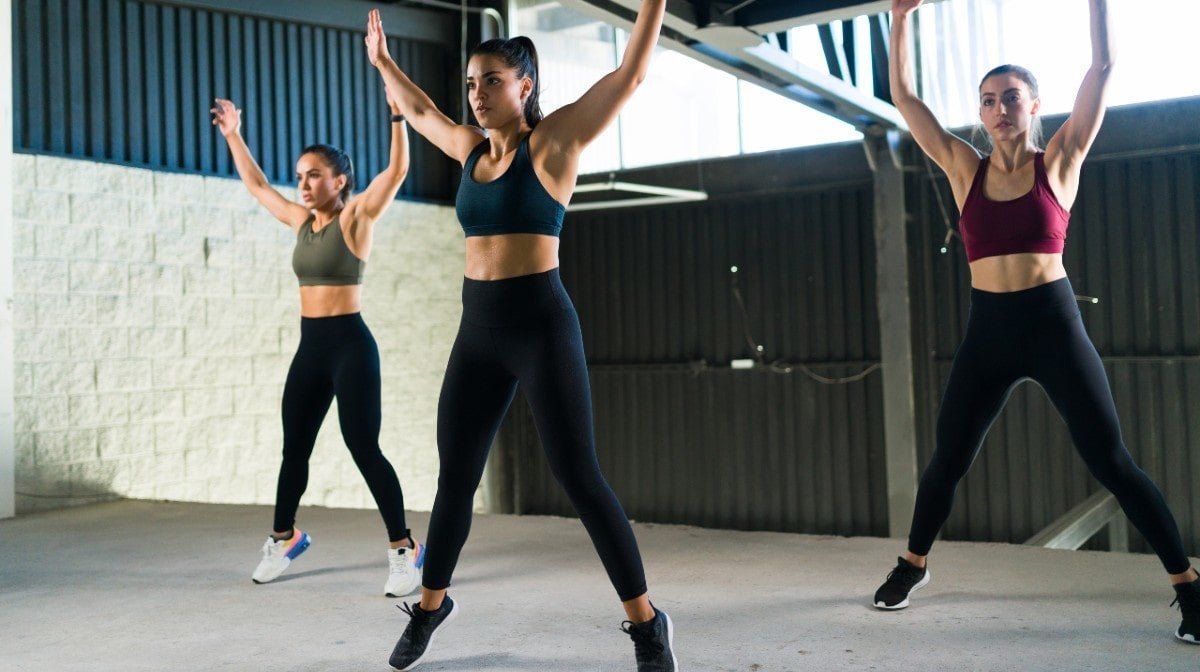
- The difference between HIIT and LISS
- Which is best for me?
- HIIT Benefits
- LISS Benefits
- HIIT Exercises
- LISS Exercises
- FAQs
When it comes to fitness, everyone is different. We are not all capable of keeping high intensity where others can and thrive off it but, that doesn't mean there is no way for you to meet your fitness goals if the higher intensity isn't suited to you.
The facts are: repeatedly burdening your muscle fibres with various forms of resistance training will develop and strengthen your muscles; routine cardiovascular training will keep your heart healthy, develop your endurance and burn fat. Everything that requires energy will use your calorie reserves.
How you do this however, is down to you.
So what are we getting at? There’s more than one way to achieve the above and, in fact, gyms and equipment aren’t always needed. The point is, that if you can find a way that suits you, to exercise on your terms, you can work towards the same end result while factoring in personal preferences – namely injuries and physical strengths and weaknesses and time restraints.
What’s the difference between HIIT and LISS?
High Intensity Interval Training
High-intensity interval training (HIIT) may be more effective for weight loss than longer, less intense workouts. With HIIT, your working periods are usually longer than your rest periods.
Short blocks of high-intensity work with even shorter rest periods, will increase your energy output and burn more calories.One example is TABATA. 8 rounds of work equalling 20 seconds of high intensity work and 10 seconds rest.
Low Intensity Steady State
‘LISS’ stands for “Low-Intensity Steady-State” training, rather than pushing yourself beyond your boundaries for short bursts, you aim for a low level of exertion for a longer period, continuous period of time. Your sessions will consist of a longer rest period compared to that of the HIIT sessions. This is a much friendlier version of your HIIT but can take more time. You will still hit them calorie goals though.
The main differences
Intensity of the workout
HIIT is High Intensity Interval Training. This is of a much higher workload with short rests while Low Intensity Steady State will be hitting lower heart rates.
Duration
LISS will be a longer workout than HIIT. You will see similar results but will take longer than HIIT which will send your heart rate much much higher.
Which is right for me?
Ideally, doing a bit of both HIIT and LISS would ensure a solid overall workout. The pace at which you perform an exercise may affect the impact. This is the way in which high impact exercise trumps lower impact, as there is greater potential for increasing the intensity of your workout and engaging more muscles, thus using more energy and burning more calories. Hiking may be considered a low impact, though your leg joints are going to face a certain level of force depending on the pace, at which point pace would have a negative effect on an injured joint.
This is an example of a major benefit to lower impact exercise: preservation. If you’re recovering from an injury you stand a better chance of reaping the cardio and strengthening gains of low impact exercise than high. Increased impact throws other concerns into the loop. In terms of running, your feet, ankles, shins, knees and hips are in harm’s way. You essentially propel yourself when running, which means shifting your weight onto the balance of one leg. If due to injury, the joints on that leg are more sensitive, it is likely the muscles will be weaker too, causing problems.
HIIT Benefits
Quicker Workouts: The higher intensity means less time spent working out. Ideal for time consumption.
Faster Results: That heart rate will spike more and with a much higher intensity, will bring faster results.
Overall Fitness: More likely to increase your overall cardiovascular system.
HIIT Disadvantages / Drawbacks
Harder on the body: Due to a much higher workload, the body will feel the brunt of this more.
Tough for beginners: Beginners may need to ease into HIIT. It is tough going.
Liss Benefits
Easier on the body: Significantly less intensity does mean less strain on the joints, muscles and bones.
Great for beginners: If you’re new to fitness and returning to the fold, this is perfect to get back into the groove.
Liss Disadvantages / Drawbacks
Slower results: If you’re after a quick fitness fix, this isn’t quite what you’re looking for. Worry not, it does bring results though!!
Stuck for time? Your lower intensity sessions will take longer than the HIIT sessions.
HIIT Exercises
HIIT will gain most of its benefits from the short rest periods Vs the longer working periods however, this doesn’t mean the exercises are easier. Stick to the big movements and the cardio too. Guaranteed to elevate that heart rate.
- Burpees
- High knees
- Star jumps
- Static sprints
- Squats
- Squat jumps
- Push ups
- Lunges
- Jumping lunges
- Assault bike
- Rowing Machine
- Ski erg
LISS Exercises
LISS is designed to allow a lower intensity hit of exercise and over time, find the same results. You can still introduce the same exercises but performed to a lower state inflicting lower heart rates.
- Slow walking high knees
- Static jogs
- Slowed down burpee
- Pike push up
Frequently Asked Questions
Is HIIT or LISS better for weight loss?
This is subjective.
If you’re returning to the fitness fold or you’re a newbie, try LISS to get you into the groove and slowly build your fitness and strength; however, if you like the all out sweat session and faster results, HIIT will soon have you flying.
Over time, you will still see similar results.
Fot me, the answer is predominantly HIIT. With the mixture of high intensity, high heart rate and cardio Vs resistance, you will hit the fat burning zone and build muscle. But your diet needs to be complimented too.
How often should you do HIIT?
This could be based on your level of fitness. Much higher intensity will lead to more rest on the body. If you’re new to HIIT, start with 1 or 2 sessions a week and as you progress to a higher level of fitness, build to 2-5 a week. Try not to do any more than 2 days of HIIT without rest.
How often should you do LISS?
You can be a little more lenient with the LISS aspect. Start off with 3 sessions a week and see how you go but allow a day of rest after 2 consecutive days.
Take Home Message
Whether it is LISS or HIIT, you will see results over a period of continuously doing either and now we have set out the argument for each. Ensure your diet supports your training and the results will soon be noticed.

